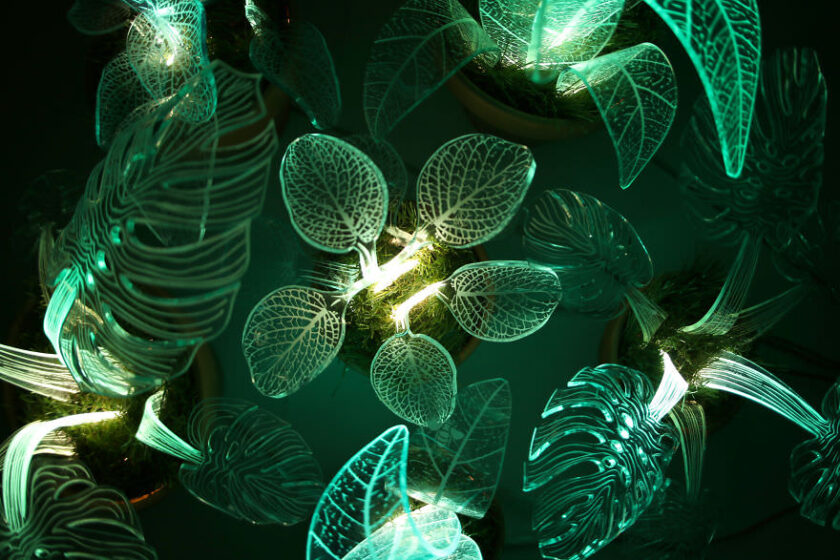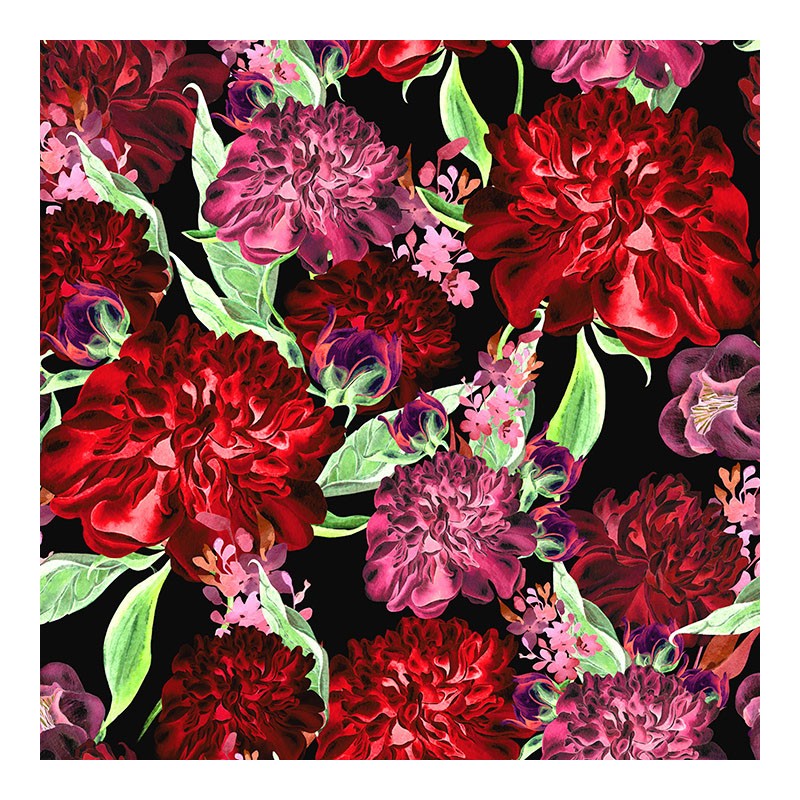

Mung mung bean mung bean plant Phaseolus aureus Vigna radiata (erect bushy annual widely cultivated in warm regions of India and Indonesia and United States for forage and especially its edible seeds chief source of bean sprouts used in Chinese cookery sometimes placed in genus Phaseolus)Ĭorkscrew flower Phaseolus caracalla snail-flower snail bean snail flower snailflower Vigna caracalla (perennial tropical American vine cultivated for its racemes of showy yellow and purple flowers having the corolla keel coiled like a snail shell sometimes placed in genus Phaseolus)Īdsuki bean adzuki bean Phaseolus angularis Vigna angularis (bushy annual widely grown in China and Japan for the flour made from its seeds) Hyponyms (each of the following is a kind of "leguminous plant"):īean bean plant (any of various leguminous plants grown for their edible seeds and pods)Īsparagus bean Vigna sesquipedalis Vigna unguiculata sesquipedalis yard-long bean (South American bean having very long succulent pods)īlack-eyed pea cowpea cowpea plant Vigna sinensis Vigna unguiculata (sprawling Old World annual cultivated especially in southern United States for food and forage and green manure)

Legume (the fruit or seed of any of various bean or pea plants consisting of a case that splits along both sides when ripe and having the seeds attach to one side of the case) Herb herbaceous plant (a plant lacking a permanent woody stem many are flowering garden plants or potherbs some having medicinal properties some are pests) They say that other plants – including petunias, roses and periwinkles – could be adapted to make them glow, and that in future, plants could even be adapted to change their color, brightness, or even to respond to their surroundings.Hypernyms ("leguminous plant" is a kind of.):Ĭlimber (a vine or climbing plant that readily grows up a support or over other plants) In collaborative research, the scientists say they have been able to create plants that glow “ten-fold” brighter, without harming the foliage. “Making them glow somehow builds a new relationship with the plants, and you can appreciate much easier how alive they are,” he added. (David Roark, photographer) David Roark/DISNEYįirst look inside Disney's new 'Pandora: World of Avatar' Disney's Animal Kingdom is one of four theme parks at Walt Disney World Resort in Lake Buena Vista, Fla. Pandora brings a variety of experiences to the park, including the family friendly Na'vi River Journey attraction, the thrilling Flight of Passage attraction, as well as new food, beverage and merchandise locations. Researchers found that this glow lasted for the whole of the plant’s life cycle, from seedling to maturity.įloating mountains grace the sky while exotic plants fill the colorful landscape on Pandora - The World of Avatar at Disney's Animal Kingdom.

Some of the most famous examples of the phenomena include the flickering of fireflies, or the crashing of electric blue waves in tropical seas.Īfter discovering that the bioluminescence found in some mushrooms was metabolically similar to some of the natural processes found in plants, scientists were able transfer DNA sequences into tobacco plants, causing them to give off a bright green glow.

#Luminous plants movie
Fans of the “Avatar” movie will have long dreamed of lush jungles teeming with glowing plants.īut fluorescent foliage may no longer be the stuff of science fiction, as scientists have found a way to grow glow-in-the-dark plants, which radiate and maintain a mysterious green gleam for their whole life cycle.īioluminescence – the emission of light by an organism – occurs in a wide range of animals and microorganisms, including some fungi, insects, fish, marine invertebrates and bacteria.


 0 kommentar(er)
0 kommentar(er)
